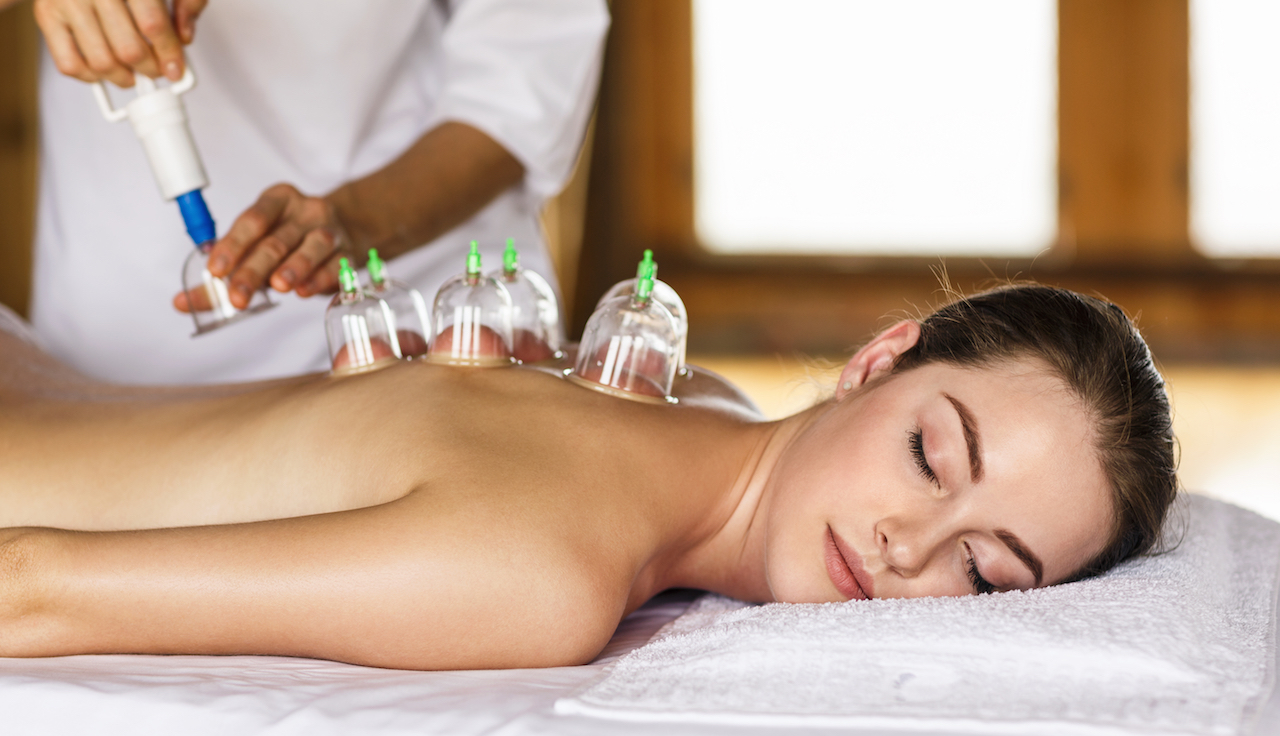Can cups boost your health? They just may.
Cupping therapy is an ancient form of alternative medicine, originally used in Egyptian and Chinese cultures for healing. The process involves therapy in which a practitioner places special cups on the skin to create a suction. The cups are usually made from glass, bamboo, earthenware or silicone.
How does it work?
According to Ayesha Abrahams, a cupping practitioner from Cape Town, there are two types of cupping; dry and wet cupping. During both the wet and dry cupping process, the cupping therapist places a flammable substance like alcohol, herbs or paper in a cup, then sets it on fire. He will then douse out the fire and as it goes out, the cup is placed upside down on the skin.
When the air inside the cup cools, it creates a vacuum, which causes your skin to rise and your blood vessels to expand. Each cup is generally left on for three minutes. According to the British Cupping Society, you will usually get between three and five cups during your first session.
Dry cupping uses a vacuum on different areas of the body to gather blood to specific areas.
A vacuum is also used during wet cupping, but after that, the cup is removed and the therapist makes tiny, light cuts on your skin. Next, a second cup is used to draw ‘harmful blood which lies just beneath the surface of the skin. This is usually very small quantities of blood.
Cupping may have a couple of health benefits, including:
According to the cupping therapist and the cupping society, the treatment can help with:
- Improving blood flow in the arteries
- Helping to purify the blood.
- Helping to relieve pain anywhere in the body (if a cup is applied to the site of the pain).
- Treating diseases of the uterus and menstrual problems.
- Easing symptoms of arthritis and varicose veins.
- Easing allergy symptoms.
- Helping to control high blood pressure.
Although there is not enough research to back up all of these claims, the potential harm of the treatment is so low, that it could be well worth trying out.
Should you go for cupping therapy?
Cupping has many health benefits, says Abrahams, but it isn’t recommended for everyone. Elderly people, pregnant women, those with pacemakers, dehydrated people, chronic liver patients, anyone on blood thinning medications and those with blood disorders, should not go for cupping therapy.
Good to know
- Before going for cupping therapy, ask your doctor if your health will benefit from it and about any possible side-effects.
- The main side-effect that comes from cupping is bruising and mild discomfort, which only lasts up to 10 days.
- Besides the bruising, after wet cupping, your skin may feel sensitive from the small cuts made to draw blood, but applying honey will help you heal faster.
- If you aren’t healing, talk to your doctor about an antibiotic ointment to prevent infection.
- Dry cupping has minimal side-effects and no long-term damage.
References
- Commentary by Ayesha Abrahams, Cupping practitioner, Cape Town
- https://www.webmd.com/balance/guide/cupping-therapy#2
- https://www.medicalnewstoday.com/articles/320707.php
- https://freedomchinesemedicine.com/oriental-therapies/cupping/

